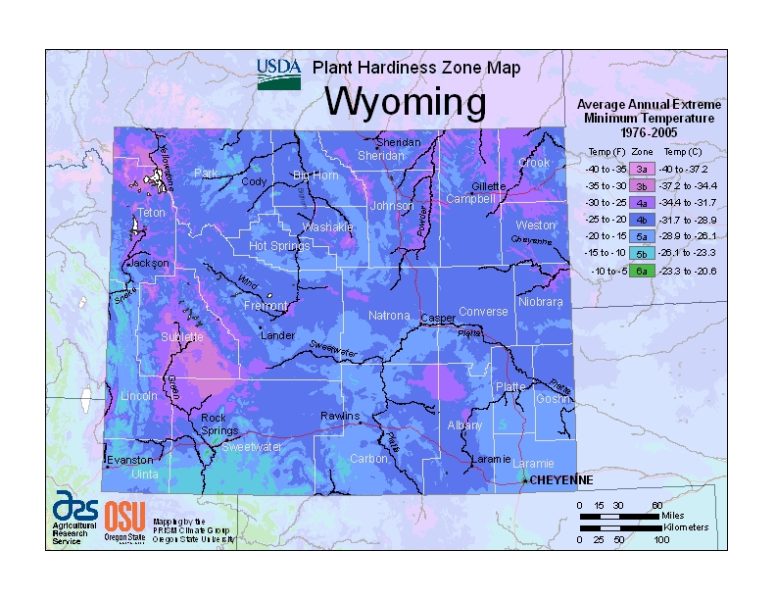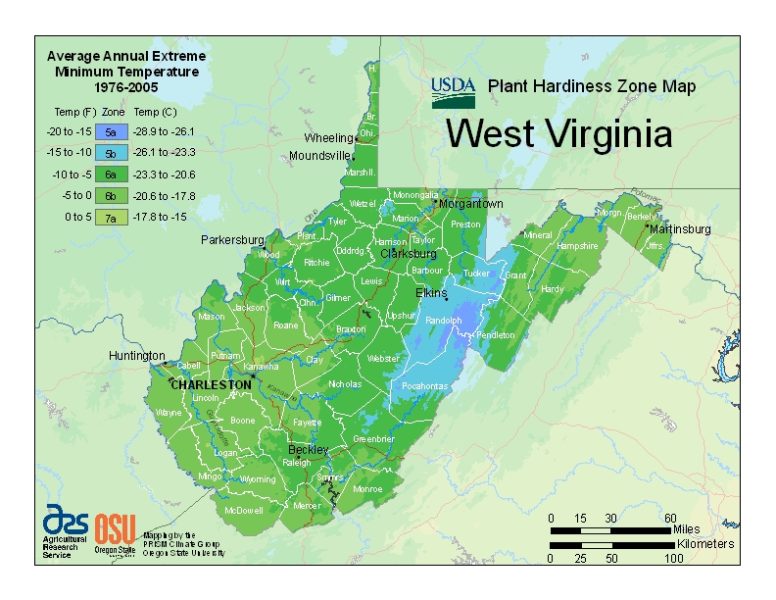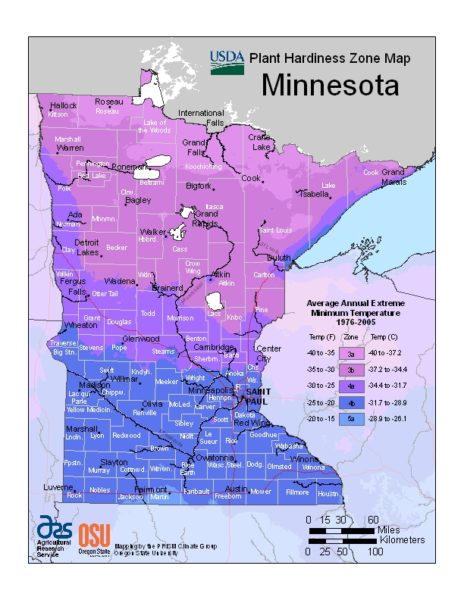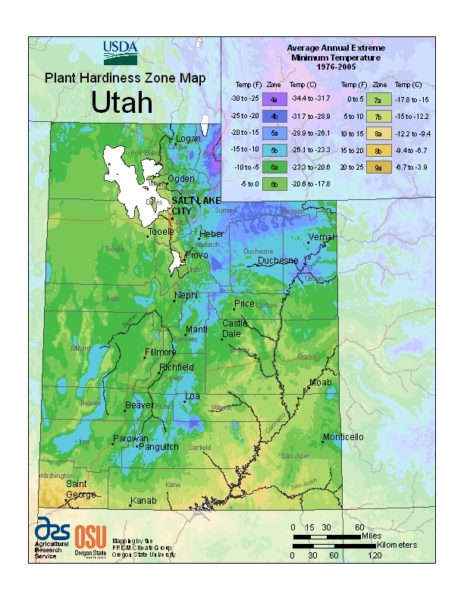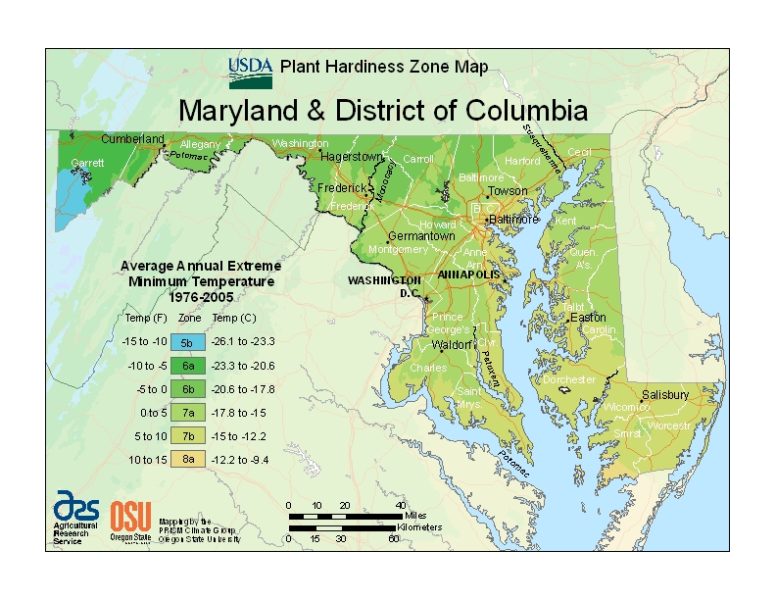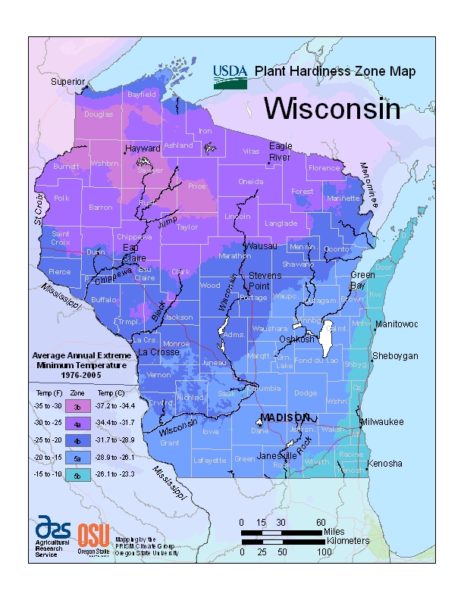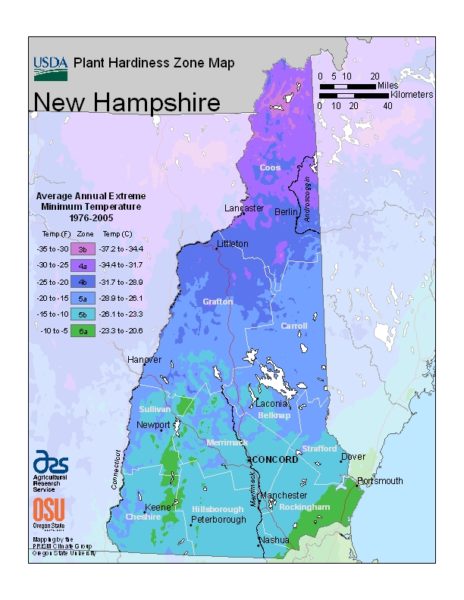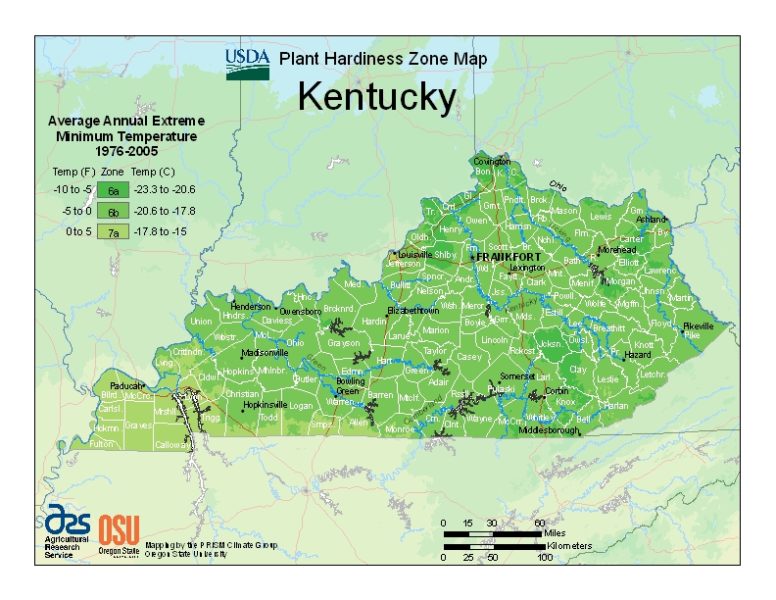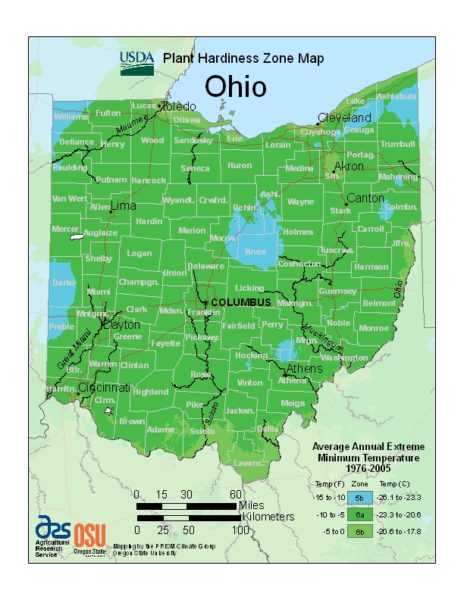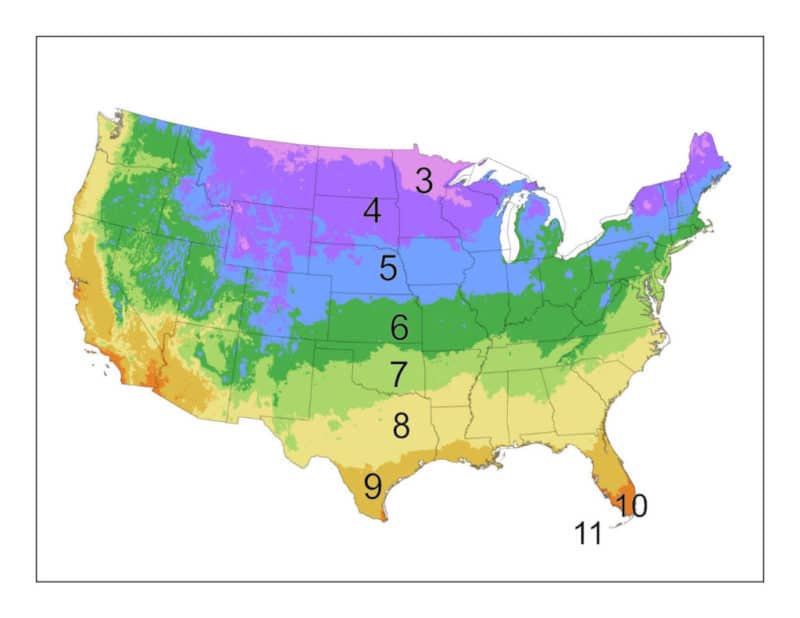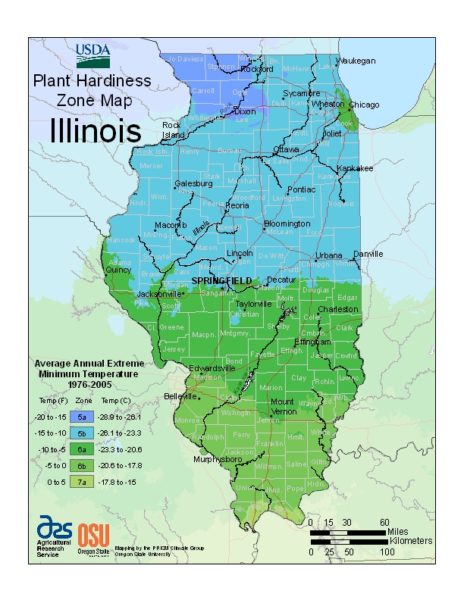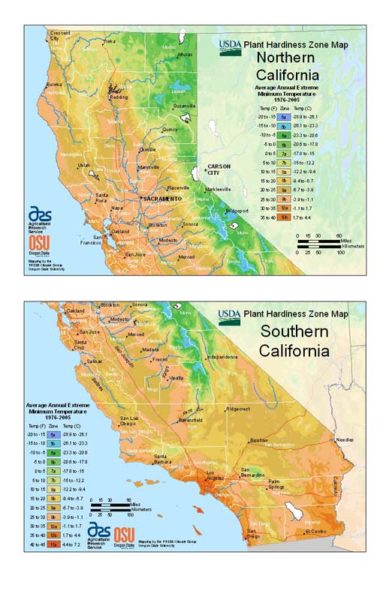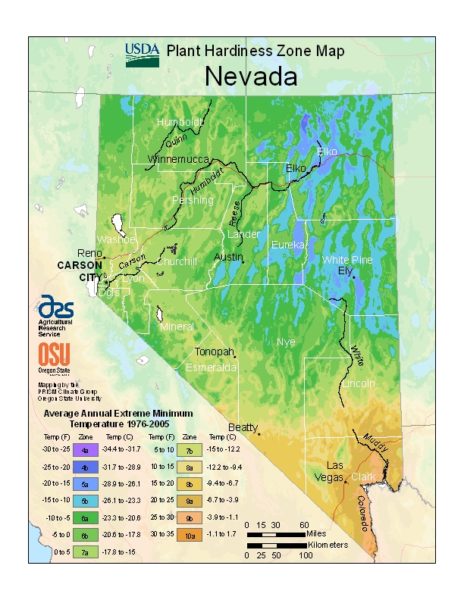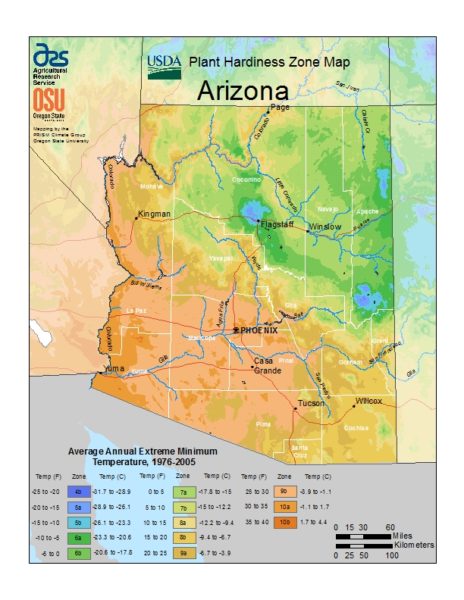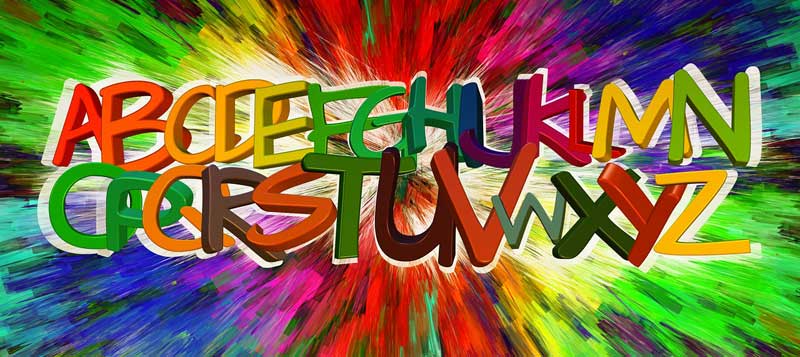
Common Nursery Terms
When I first started working in marketing for an online nursery in 2010, I shadowed the Field Manager the first few weeks. It was like an alphabet explosion of colorful terms and phrases I never heard of. It was quite a learning curve.
Most businesses have their own jargon, terms, acronyms, and phrases. The plant nursery business is no exception. Just glance at the same product on a few different online nurseries. The vast array of plant facts, botanical names, features, and descriptions are enough to confuse almost anyone. Heck, until researching this glossary I always thought part sun and part shade meant the same thing. They do not.
Plant nurseries can be confusing places, full of unfamiliar terms and scientific jargon that can make it hard for the average person to know what to look for.
To aid in making sense of it all, we’ve created a comprehensive glossary of common plant nursery terms.
The glossary below should help you as you shop for trees & shrubs online. We will update it as needed.
Glossary of Common Plant Nursery Terms
| Term | Definition |
|---|---|
| Acid soil | Defines the soil's pH. Acidic soils have a pH below 7.0 |
| Alkaline soil | Just the opposite of acidic soil, alkaline soil has a pH value of more than 7.0. |
| Alternate | Arising from different points and on opposite sides, of an axis. Only one leaf per node. |
| Annual | A plant that only survives for one year or season.. Most are sensative to frost. |
| Anther | The pollen bearing terminal part of a stamen. |
| Ball & Burlap | A nursery tree or shurb that is removed from the ground and the root ball is wrapped in burlap. |
| Bare root | Field grown plants that are dug from the ground after they go dormant, have soil removed and are placed in a cooler to be preserved for shipping at a future date. |
| Basal | Originating from the base. |
| Biennial | Refers to a plant that produces leaves in its first season and flowers in its second. It goes through its full life cycle in 2 seasons. |
| Botanical Name | Traditionally broken down into two parts. The first word represents the larger group the plant belongs to; it's genus. The second, usually in italics, is the species. As with most things botanical, it's not quite that cut & dry. With hybrids, trademarked plants & other new introductions there can be up to 4 components of botanical plant names. |
| Bract | Modified leaf, generally associated with an inflorescence. Bracts may resemble normal leaves or be reduced and scalelike in appearance; they are sometimes large and brightly colored. |
| Broadleaf evergreen | One of 3 types of evergreen shrubs. Holly and boxwood shrubs are good examples of a broadleaf evergreen. |
| Catkin | Compact usually pendulous spike of unisexual flowers, as in birches, willows, poplars, oaks, walnuts. |
| Caudate | Having a slender tail-like appendage. |
| Chlorotic | Lacking in chlorophyll, typically yellow in color. |
| Clay | An extremely small soil particle. |
| Compost | Decomposed garden material used to add nutrients to native soil and stimulate good growth. |
| Conifer | Cone bearing tree or the pine family, usually evergreen. |
| Container grown | As the name implies, a plant (tree, shrub, etc.) that is grown in the field in a container as opposed to being grown in the ground. |
| Cordate | Heart shaped. |
| Coriaceous | Leathery in texture. |
| Crown | Parts of the tree above the trunk, including leaves, branches and scaffold, limbs. |
| Cultivar | Cultivated variety. Maybe a field selection man-made cross or hybrid. |
| Dappled Sun | A plant getting dappled sun received filtered light,not any direct sun. Plants under a tree canopy is the most common example for homes. |
| Deciduous | Shedding all its leaves seasonally, usually in fall. It is leafless for part of the year. |
| Dioecious | The plant requires male and female plants for pollination to take place. |
| Drought Tolerance | How well a plant survives with little or infrequent watering. |
| Espaliered | To train a tree or shrub (plant) to grow flat against a wall. |
| Foundation plants | Shrubs that are planted close to your home, along your foundation. Hollies, Boxwoods and Junipers are very common foundation plants. Many home try to create some added depth and texture with up to three rows of differet plants that have different heights. Small in front, medium & then slightly taller on the back row. |
| Frond | Term used for the leaves of palms and ferns. |
| Full Shade | Full shade is described as getting 3 hours or less of direct sunlight. |
| Full Sun | Art least 6 hours of direct sunlight a day. Most labeled full sun require 8 to 10 hours of sun a day. |
| Glabrous | Hairless; smooth. |
| Ground Cover | A low growing plant that can be used to create a blanket-like appearnce over a lrge area. |
| Hardiness Zone | Hardiness, or Grow Zones were created by the USDA and divides the lower 48 United States into geographic climate zones. It is designed to be a guide so you can compare your climate with the climate or grow zone range listed for any particular plant. You can view individual state grow zone maps here. |
| Hardscape | The sidewalk, curb, gutter, and street covering the soil surface. |
| Hedge | Shrubs that create a wall |
| Herbaceous | Non-woody plant, having the characteristics of an herb. |
| Hybrid | Plants grown as the result of crossing parents of different species. They are usually sterile, meaning they do not produce seeds. |
| Inflorescence | The flowering part of a plant. |
| Invasive | Plants that are not native to an ecosystem or whose introduction is likely to cause harm. |
| Loam | Textural class name for soils having moderate amounts of sand, silt and clay. |
| Lobe | Any protruding part of an organ, as in an oak leaf. Having the edge of the leaf deeply but not completely divided. |
| Monoecious | Male and female flowers are borne on the same plant. |
| Native plants | Plants that are indigenous to a given geographic area. |
| Needle-Leaf Evergreen | Considerd coniferous, needle leaf evergreen shrubs have pine tree type needles. Juniper, yew shrubs, mugo pine & false cypress are examples of needle-leaf evergreen shrubs. |
| Node | The point at which one branch or twig attaches to another. |
| Ornamental | Plamts, including trees & shrubs that are grown for decorative purposes for your yard & landscape. Floriculture is a pretty large branch of horticulture focused exclusively on the cultivation of ornamental plants. |
| Panicle | A ckuster of flowers on an elongated bramch |
| Part Shade | Any plant that gets 2 to 4 hours (or less) of direct sunlight. |
| Part Sun | Any plant that gets between 4 and 6 hours of direct sunlight. |
| Parthenocarpic | The literal translation is "virgin fruit". In horticulture it is the natural or artifical growth and production of fruit without seeds. |
| Peduncle | The stalk of a flower cluster. |
| Peltate | Shield shaped, with the stalk attached near the middle instead of the base or margin. |
| Pendulous | Hanging, weeping. |
| Perennial | Plants that live for multiple years. |
| Perennial | A plant that lives for more than 3 years. |
| Pruning | A process of cutting back plants to control size, appearance and overall health. |
| Shade tolerance | The ability of a plant to tolerate low sun levels. This term is over-used quite frquently when labeling shrubs you find at nurseries. |
| Stalk | The stem or petiole or leaf, flower or other plant organ. |
| Stamen | The male part of a flower, consisting of a threadlike filament and a pollen-bearing anther. |
| Succulent | Succulents are considered plants that retain water in their leaves. The leaves tend to be relatively thick. They prefer arid, dry conditions with little humidity. |
| Topiary | A plant usually controlled by pruning or shearing to create a unique, decorative shape |
| Trade Gallon | Containers used for growing trees & shrubs at nurseries are measured by volume and are generally less then the actual gallom measurement listed. A 1 trade gallon container is equal to roughly 0.71 US liquid gallons. |
| Xeriscape | A landscape design technique using hardscapes & drought tolerant plants that require little or no irrigation. |
- 2024 Top Landscape Trends for Homeowners: Sprucing Up Your Outdoor Space! - April 30, 2024
- How and Why to Create a Wildlife Hedge - April 19, 2024
- What is the Difference Between Evergreen and Deciduous trees and Shrubs? - April 16, 2024




